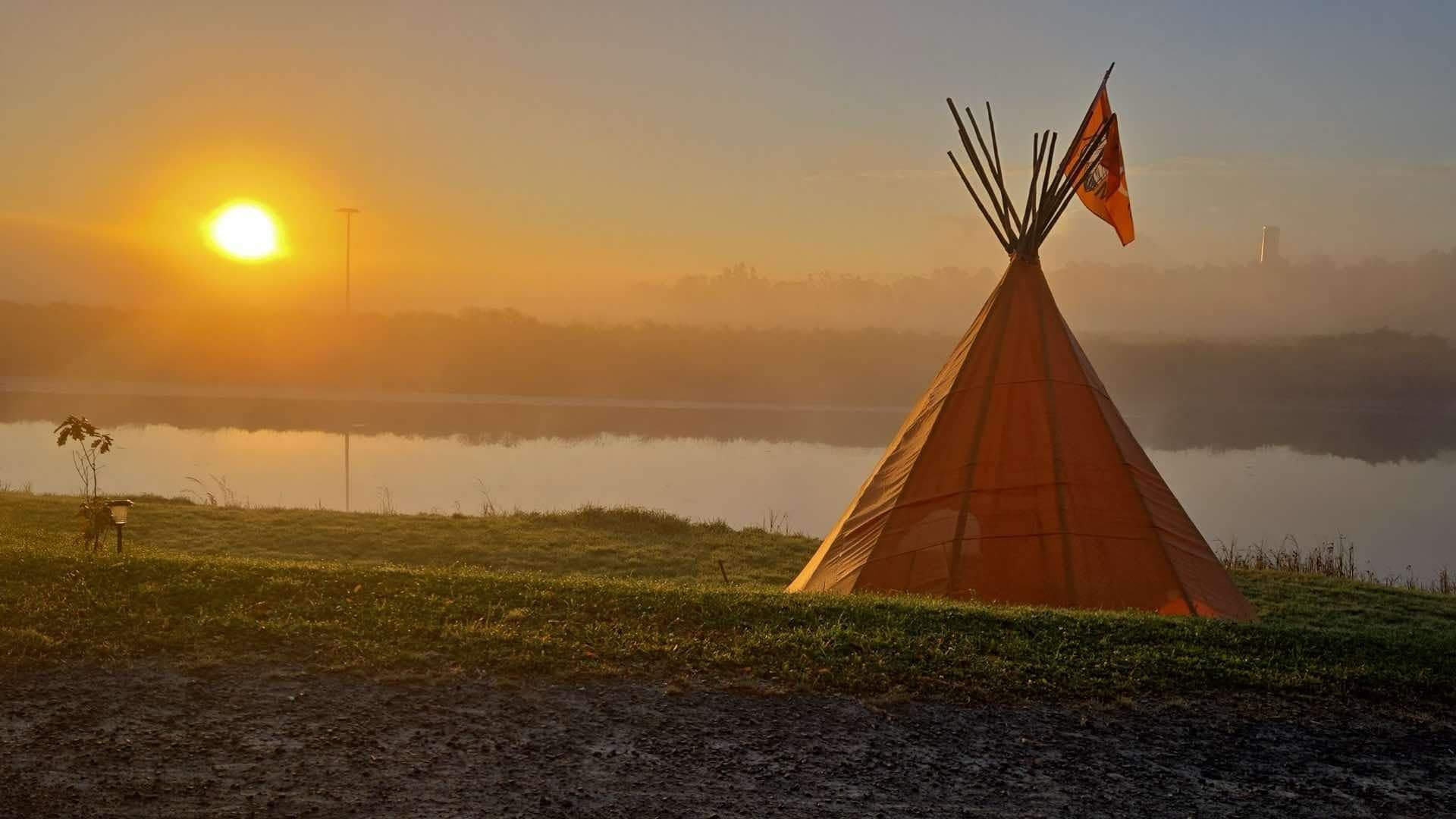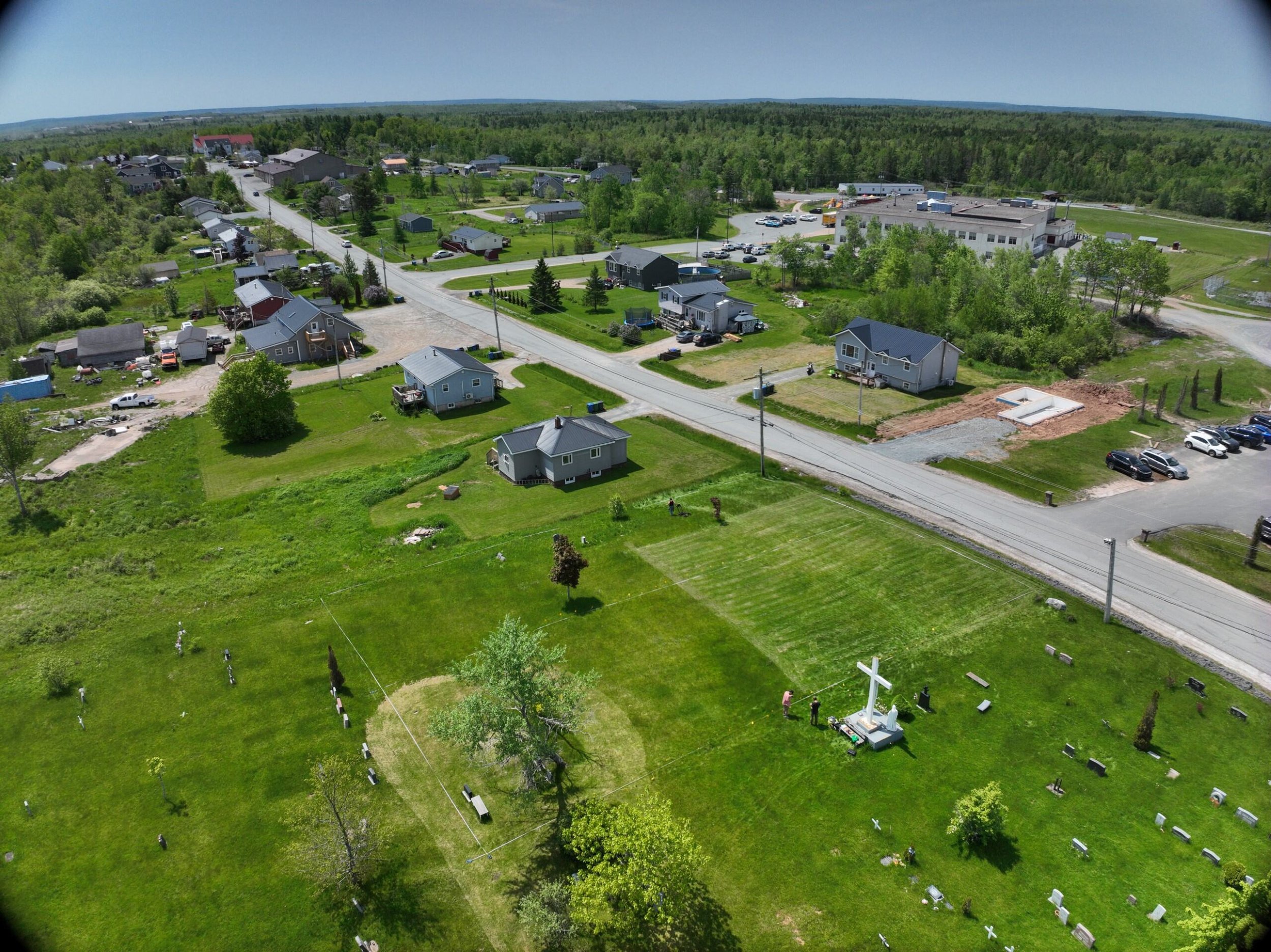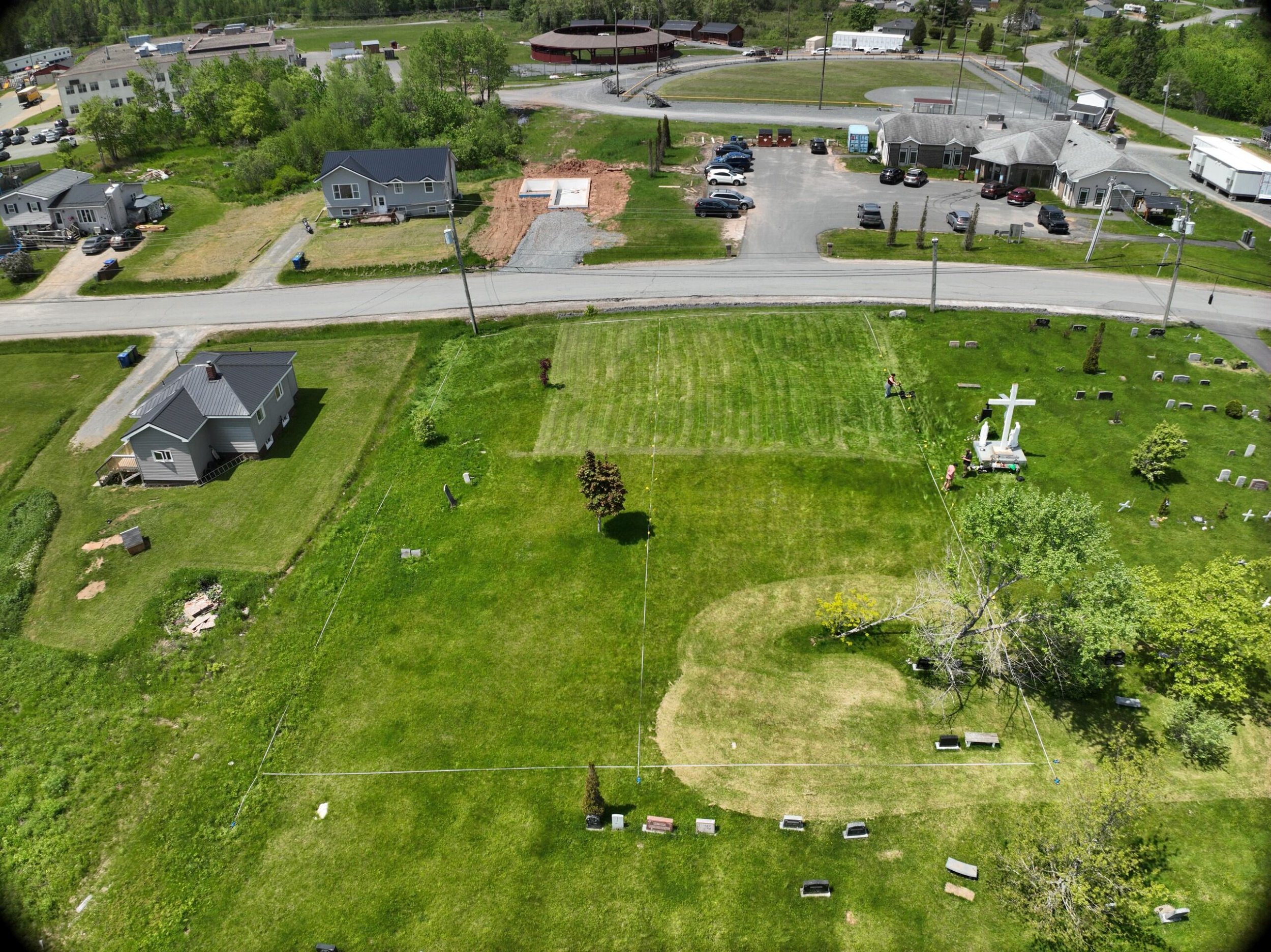
Consultation
Sipekne’katik Governance Initiative Protocol
The Sipekne’katik Governance Initiative (SGI) Protocol affirms the inherent authority of Sipekne’katik First Nation to manage our lands, waters and resources by regulating the industrial activities of the Crown and other proponents on our traditional territories.
This community-based consultation process must be used whenever the Crown contemplates conduct that could adversely impact Mi’kmaq rights. This is a step toward actualizing Sipekne’katik’s right to self-determination and self-government under Mi’kmaq law, the Constitution Act, 1982, and the United Nations Declaration on the Rights of Indigenous Peoples Act.
Questions about the SGI Protocol can be directed to consultation@sipeknekatik.ca.
SGI Protocol Overview
The Crown has a legal duty to consult with Indigenous peoples and to engage in meaningful dialogue with Indigenous communities when proposed actions or decisions may impact our Rights, lands, or resources.
Sipekne’katik’s traditional lands, resources and water are in Mi’kma’ki. Current members and kin were forcibly removed from our traditional territories, thus all projects proposed in Mi’kma’ki could impact the ability of Sipekne’katik’s members to exercise our inherent and constitutionally-protected Rights. These Rights include Aboriginal Title in relation to the lands and waters of our territory.
SGI VISION
Protect sovereignty, Rights and culture.
Protect the ecological integrity of Mi’kma’ki.
INITIAL ASSESSMENT OF SCOPE
Environmental, economic, social, cultural and health impacts.
Impacts to Mi’kmaq Rights, Title, and self-governance.
SEVERITY OF IMPACTS
Likelihood, geographic extent, frequency, duration, reversibility, and cumulative impacts.
Cultural well-being impact, inequity, health, and governance.
6-Phase Approach to Consultation
The SGI Protocol incorporates six phases of consultation and review.
PHASE 1
Application & Intake
Project proponents must submit an application form and required processing fee.
This form introduces the project and includes details on its nature, size and scope, project timeline, relevant legal jurisdictions and applicable legislation.
PHASE 2
Initial Assessment of Consultation Scope
Consultation staff conduct a review of potential risks and impacts to: environment, economic rights, social rights, cultural rights, health rights, Mi’kmaq rights, Mi’kmaq Title and self-governance.
The likelihood and severity of these potential impacts informs the required depth and scope of consultation.
PHASE 3
Sipekne’katik Governance & Community Review
Consultation staff prepare a project report that undergoes a 3-part governance review by: the in-house legal team, community committee, and Chief and Council.
This comprehensive review helps to determine whether consultation is owed, and if so, at what level of depth.
PHASE 4
Consultation Workplan & Cost Negotiation
Based on the Phase 3 results, Sipekne’katik works with the project proponents to develop a Consultation Workplan with internal and external elements.
The parties negotiate the amount of capacity funding required to implement this workplan and a consultation timeline based on the scope of depth of the consultation that is owed.
PHASE 5
Community Consultation & Impact Analysis
The approved Consultation Workplan is implemented according to the timeline established in Phase 4.
Consultation staff will provide project information to members and coordinate all Community Meetings.
Information and knowledge contributed in this phase is used to prepare an Impact Analysis which may be used to develop an Agreement in Principle.
PHASE 6
Outcome
There are two possible outcomes to the consultation process:
Community Consent
or
No Community Consent
When there is community consent, a Final Agreement may be negotiated. When there is no community consent, the process will return to Chief and Council and the community for further evaluation.
SGI Archaeology Field School Media Library
Surveying skills practice at the open area of the community cemetery along Church Street, Indian Brook.










